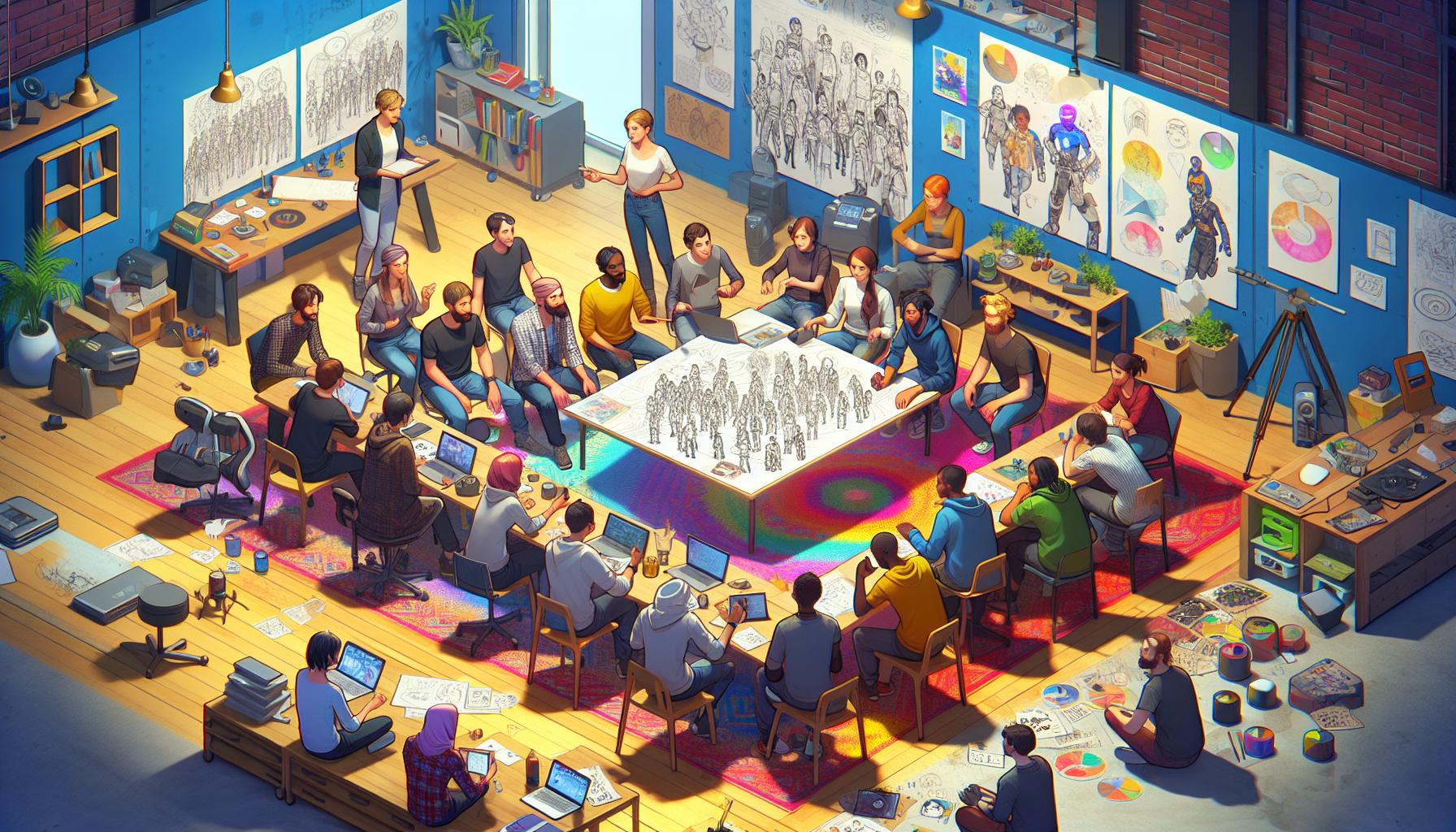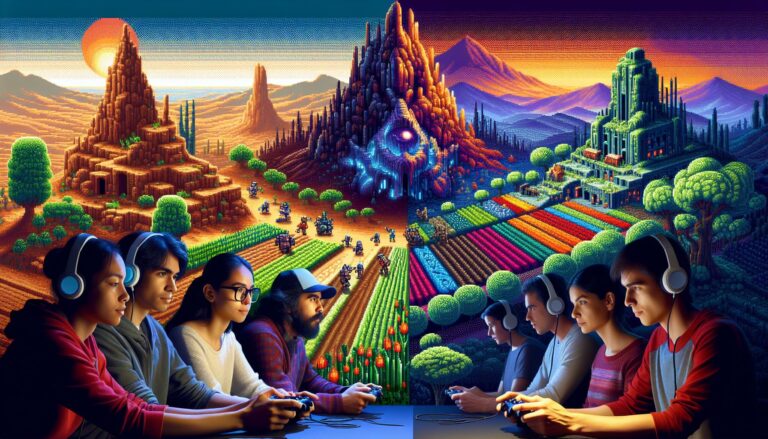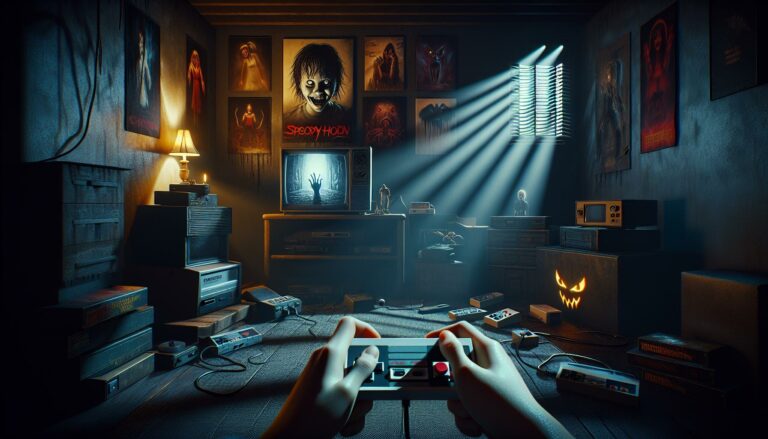Indie games have taken the gaming world by storm, and it’s easy to see why they often outshine their AAA counterparts. These smaller, independent titles bring fresh ideas and unique storytelling that challenge the conventions of mainstream gaming. With fewer constraints from publishers, indie developers can explore innovative mechanics and artistic styles, creating experiences that resonate on a personal level.
I’ve found that indie games often prioritize creativity and passion over profit, resulting in memorable gameplay that sticks with you long after you’ve put down the controller. From heartwarming narratives to captivating visuals, indie games offer a refreshing alternative to the formulaic approaches of larger studios. Let’s dive into the reasons why these gems deserve a spotlight in the gaming community.
Key Takeaways
- Indie vs. AAA Games: Indie games are developed by independent teams without significant publisher support, focusing on creativity, unique storytelling, and innovative gameplay, while AAA games are high-budget productions backed by major studios.
- Creative Freedom: Indie developers benefit from artistic freedom, allowing them to explore unconventional themes and designs without the commercial pressures faced by larger studios.
- Unique Storytelling: Indie games often feature heartfelt narratives that address overlooked themes, fostering emotional connections with players (e.g., Celeste’s exploration of mental health).
- Community Engagement: Strong community involvement and direct player feedback are vital for indie developers, helping them build loyal fanbases and refine their games based on player preferences.
- Budget Impact: While AAA games benefit from large budgets and high production values, many indie games demonstrate that a smaller budget can lead to innovative gameplay and meaningful narratives that resonate with players.
- Passion Projects: Indie developers often create games driven by their passions and experiences, resulting in unique products that prioritizing artistry over profitability.
Defining Indie Games and AAA Games
Indie games refer to video games developed by independent teams or individuals without significant financial support from major publishers. These developers often prioritize artistic expression and innovative gameplay. Indie games can range from small projects with minimal budgets to significant titles that find commercial success. Examples of popular indie games include Hollow Knight,Celeste, and Stardew Valley.
AAA games are high-budget titles produced by large studios, typically backed by major publishers. These games feature extensive marketing campaigns, large development teams, and high production values. AAA studios focus on maximizing sales and revenue, often leading to franchise-based productions. Examples of AAA titles include Call of Duty,The Last of Us, and Assassin’s Creed.
Both indie and AAA games play vital roles in the industry, yet their approaches and outcomes often differ significantly.
Creativity and Innovation in Indie Games

Indie games thrive on creativity and innovation, often delivering experiences that challenge conventions and explore new horizons within the gaming landscape. Their ability to push boundaries sets them apart from traditional AAA titles.
Unique Storytelling
Indie games frequently prioritize unique storytelling, presenting narratives that deviate from mainstream trends. Developers create heartfelt tales that resonate on emotional levels, addressing themes often overlooked by larger studios. Titles like Celeste explore mental health, while What Remains of Edith Finch dives deep into family histories. These narratives not only engage players, but also encourage introspection, highlighting the profound impact of well-crafted storytelling.
Experimental Gameplay Mechanics
Indie games showcase experimental gameplay mechanics that redefine player interactions. Developers are free to take risks, leading to innovative designs and uncharted gameplay experiences. For instance, Baba Is You harmonizes puzzles with word mechanics, while Hyper Light Drifter combines action RPG elements with minimalist storytelling. These creative approaches challenge players to rethink traditional gameplay, providing memorable experiences that often surpass the expectations set by AAA titles.
Lesser Commercial Pressure on Indie Developers

Indie developers experience significantly less commercial pressure compared to their AAA counterparts. This freedom enhances the ability to create innovative and engaging gaming experiences.
Artistic Freedom
Indie developers enjoy artistic freedom that empowers them to experiment with unique designs and narratives. They can prioritize creativity over sales figures, allowing them to explore unconventional themes. For instance, games like Journey and Gris showcase stunning visuals and emotional storytelling without the constraints of market expectations. This freedom fosters originality, leading to diverse gaming landscapes.
Focus on Passion Projects
Indie developers often focus on passion projects, allowing them to create games that reflect their interests and values. This focus results in products driven by personal experiences rather than solely profitability. Titles such as Undertale and Hollow Knight embody such devotion, combining engaging gameplay with heartfelt narratives. The emphasis on genuine artistry over commercial success resonates deeply with players, fostering devoted fan bases that appreciate the underlying messages within each game.
Community Engagement and Player Feedback

Indie games benefit significantly from strong community engagement and direct player feedback. This connection fosters a dedicated fanbase, which is crucial for indie developers looking to carve out their niche in the gaming industry.
Building a Dedicated Fanbase
Indie developers often prioritize community involvement, resulting in loyal supporters. Developers frequently utilize platforms like Discord and Reddit to interact with fans, offering updates and soliciting input. This communication fosters a sense of belonging among players, as they feel their opinions shape the games they love. Successful titles like Hollow Knight and Stardew Valley showcase how developers can build lasting relationships with fans. Regular updates based on player feedback maintain enthusiasm and encourage ongoing engagement, ensuring a vibrant community blossoms around a game.
Engaging with Gamers Directly
Engagement with gamers amplifies the indie experience. Many developers involve players in the development process through beta testing and feedback sessions. This direct interaction not only uncovers potential issues, but it also helps creators understand player preferences. For instance, games like Hades garnered significant changes from player input before their final release, leading to a more polished product. Developers often respond to queries on social media, reinforcing bonds with players and creating an inviting atmosphere. This transparency and accessibility distinguish indie games, as it shows developers genuinely care about their audience’s perspective.
The Impact of Budget on Game Quality
Budget plays a crucial role in game development, influencing both the quality and scope of a title. AAA games, backed by substantial funding, often result in impressive graphics, extensive voice acting, and large-scale marketing campaigns. While these resources allow for high production values, they frequently lead to formulaic gameplay and design choices aimed at maximizing profits.
Indie games operate within significantly smaller budgets. Developers prioritize innovation over polished visuals, allowing for fresh gameplay experiences and creative design. Because indie developers focus on unique ideas rather than adhering to the expectations of major publishers, the creative risks they take can result in groundbreaking titles. These games often introduce adventurous mechanics and artistic styles that stand out in a crowded marketplace.
Limited budgets encourage efficiency among indie developers. Constraints drive them to maximize resources, often resulting in more thoughtful and engaging narratives. For example, games like Celeste and Undertale demonstrate how meaningful stories can emerge when teams prioritize design quality over quantity. The emotional depth and personal touches in these games frequently resonate more with players than the more generic narratives typical in AAA titles.
Ultimately, the relationship between budget and quality highlights that significant financial backing doesn’t guarantee a better game. Many successful indie titles showcase that passionate development, artistic integrity, and a focus on player experience can produce exceptional games on reduced budgets.
Conclusion
Indie games truly shine in a landscape often dominated by AAA titles. Their unique storytelling and innovative gameplay offer a refreshing contrast to the formulaic approaches of larger studios. I’ve seen firsthand how these passionate projects resonate deeply with players, creating unforgettable experiences that stick with us long after we put the controller down.
The ability of indie developers to take risks and prioritize creativity over profit is what makes these games special. They invite us into their worlds with heartfelt narratives and engaging mechanics that challenge conventions. As we continue to explore the vast realm of gaming, it’s clear that indie games deserve our recognition and support. They remind us why we fell in love with gaming in the first place.





